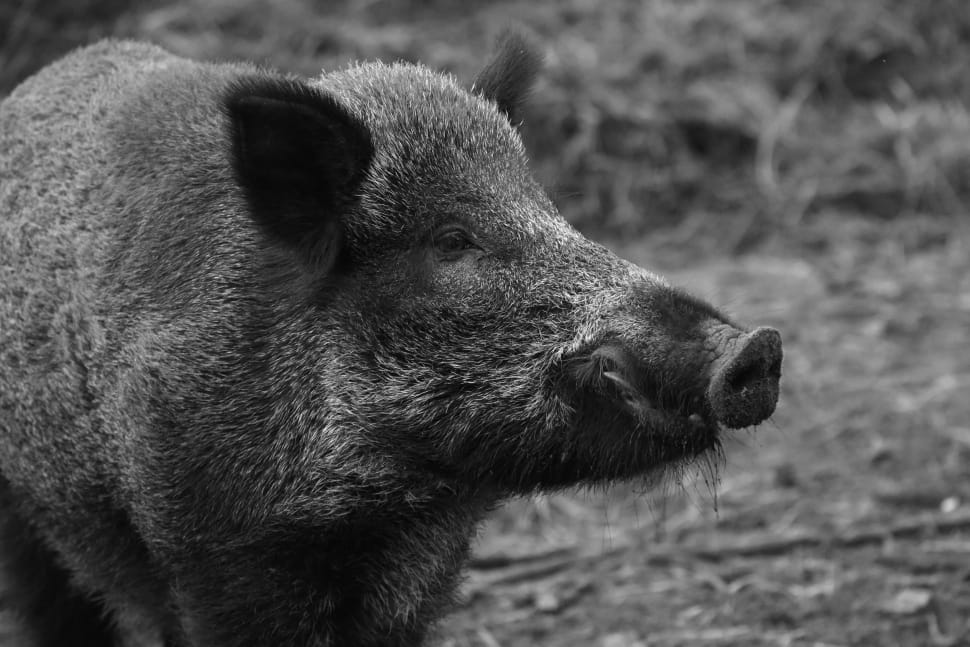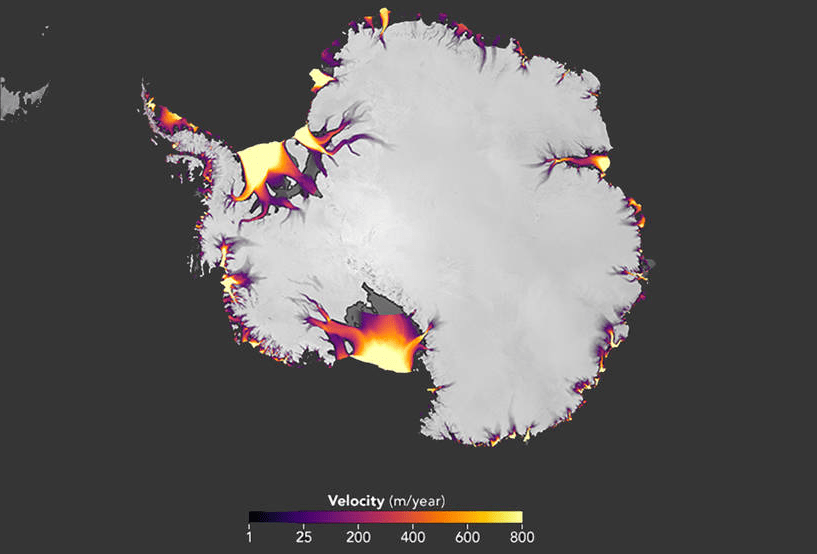Despite Iceland actually having less ice by far than Greenland (a strange marketing ploy to get people to settle there centuries ago), it is still very much an arctic nation and and therefore it does occasionally get visits from polar bears.


Wildlife and conservation new, wild travel information and links for booking
Despite Iceland actually having less ice by far than Greenland (a strange marketing ploy to get people to settle there centuries ago), it is still very much an arctic nation and and therefore it does occasionally get visits from polar bears.

While there are still some people arguing that carbon dioxide is not a greenhouse gas that causes warming, for all those not in denial this has been known for at least several decades.
Methane is a far more powerful warming gas, roughly 30 times the warming potential of carbon dioxide. Methane is a gas that is caused by a number of different factors. It is potentially one of the biggest impacts that cattle have on the environment as they release a great deal of methane during their digestive processes.
However a bigger cause of methane buildup is its release from things that are breaking down, be they animal bodies or simply dead plant material.
Continue reading “The fear about methane leaking from the melting permafrost”There are many wild places of great note around the world. While a large number of these are hugely remote, and therefore protected by the difficulty of reaching them, some were originally protected when remote, but are now increasingly enclosed by settlements.

Raccoon dogs, a species from Asia, have been found living wild in the UK in recent times.

Despite being a dangerous animal, likely to attack humans, up until early last year they were bred in the UK as pets. Thankfully now only existing animals can be sold, they cannot be bred.
They are capable of doing significant damage to the British countryside and any sighting should be reported.
A met office map showed a swarm of ants on its weather predictions because the size of it was so large it looks like cloud. Measuring around 50 miles across over Kent and Sussex, it’s not surprising it was mistaken for a weather event.
It’s not the first time that something like this has happened, but it is still amusing to see insects appearing on weather maps.
While coronavirus is unlikely to decimate wildlife populations, a lack of rangers and guards stopping the killing of recovering species could undo 50 years of work.
Without guards and rangers, a couple of months in the Kruger uncontested by a rhino poaching gang, could see the world losing thousands on rhino.
Continue reading “There are big concerns about the effect of coronavirus on wild populations”Despite rules to the country, and constant promises by the Brazilian government, fires continue to burn across the Amazon. More importantly, the majority of these fires appear to have been set deliberately to clear land rather than as natural events.
It is not surprising that this has carried on, as as although Jair Bolsonaro’s government is pushing this rule against burning, his own actions have demonstrated his opposition to this rule constantly.
Continue reading “Fires rage across the Amazon”Wild boar are highly intelligent aggressive members of the pig family. Once common within the UK, they were eradicated about 300 years ago. However in the last 40-50 years people have started farming them, in the UK, as animals to be used for their meat.

The biggest glacier in Antarctica covers 74,000 square miles, about the size of the UK. This glacier contains enough frozen water to raise sea levels worldwide by 2 to 3 meters.

Construction on the longest under water high voltage cable in the world is about to begin. Due for completion in 2023, this cable will run from Denmark to the UK covering 475 miles. It will leave Denmark in Revsing, and make landfall in UK in Lincolnshire.
This this cable will have the capacity to power 1.5 million houses, which given that there is currently just under 30 million houses in the UK this would account for roughly 5% of domestic electricity necessary to go carbon neutral.
Continue reading “What if the renewable power generation opportunity is not where the electricity is needed?”








Join as an ambassador supporter to
support this site, help save wildlife
and make friends & log in

